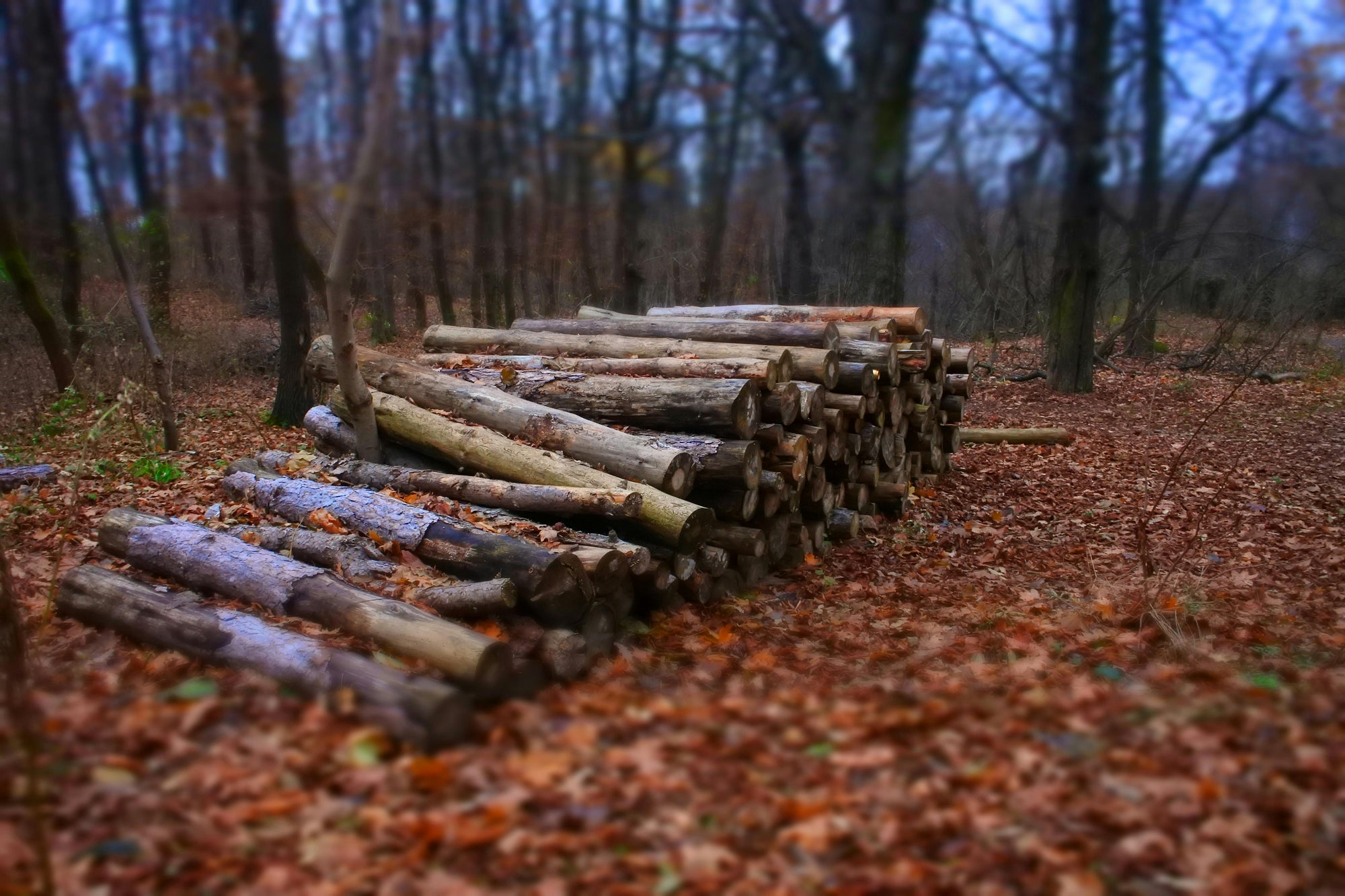If you're in the tree care or landscaping business, you probably know that stump grinders set the standard for removing stubborn tree stumps. But here's the thing: just like any tool, stump grinders need some attention to keep performing at their best. One of the most important parts of your stump grinder to maintain? The stump grinder teeth. Over time, though, even the toughest teeth can wear down. So, how do you know when it's time to replace them?
Why Stump Grinder Teeth Wear Down Over Time
Before we get into the signs that it’s time for a replacement, let’s take a quick look at what makes stump grinder teeth so prone to wear and tear.
How Do Stump Grinder Teeth Work?
Stump grinder teeth are the sharp, heavy-duty pieces that chip away at tree stumps. They rotate at high speeds, systematically grinding down the stump until it’s gone, leaving behind a pile of mulch. They do a lot of work, and they’re built to last—at least for a while.
Factors That Contribute to Wear and Tear
-
Frequency of Use: The more you use your stump grinder, the faster the teeth wear out. It’s like using a knife to cut through something really tough—it’ll dull over time, and stump grinding is no different.
-
Type of Wood: The type of wood you're grinding also plays a role in how quickly the teeth wear down. Harder woods like oak or hickory will cause more wear and tear than softer woods like pine or cedar. So, if you're dealing with tougher materials, expect your teeth to dull faster.
-
Debris & Rocks: Some jobs will require you to go deeper or have hidden rocks and debris. The harder the debris, the more quickly your teeth will dull or even crack.
Signs It’s Time to Replace Your Stump Grinder Teeth
Now that we know what causes the wear, let's go over the signs that it's time to replace those stump grinder teeth.
Reduced Cutting Efficiency
If grinding takes much longer than usual or the process seems slower than normal, your teeth are probably to blame. Dull teeth will struggle to make quick, clean cuts, meaning the machine has to work harder. And when the machine works harder, you spend more on fuel.
Visible Wear and Damage
This one’s easy to spot—just take a look at the teeth! If they’re chipped, cracked, or dull, it's definitely time for a replacement. Compare the old teeth to a new one, and you’ll quickly see the difference. If the teeth have worn down to the point where they aren’t cutting effectively, you’re only wasting time and energy. A quick inspection can save you a lot of headaches down the road.
More Vibration & Strain on the Machine
Excessive vibration often means the teeth are unbalanced or dull, which can put unnecessary strain on the machine. The longer you let this go on, the more likely you are to cause damage to other parts of the grinder, leading to costly repairs. If the machine seems to be working harder than usual, check the teeth.
How Often Should You Replace Stump Grinder Teeth?
Now that you know the signs, let’s talk about how often you should replace those teeth. The lifespan of your stump grinder teeth can vary depending on a few factors:
Carbide vs. Steel Teeth
Carbide teeth, which are harder, generally last longer than steel teeth. If you’re grinding through tough materials frequently, carbide teeth will give you more bang for your buck. On the other hand, steel teeth are a bit more budget-friendly but tend to wear down faster.
Inspecting and Replacing Before It's Too Late
Even if your mulching teeth still look usable, delaying replacement can lead to costly damage. Worn teeth put extra stress on your machine, especially the holders and wheel. Changing consumables before they wear down too far helps prevent damage to high-value components—and saves you money in the long run. You should also rotate teeth regularly to get full value from every edge before replacing.
Different Grinding Conditions Affect Lifespan
If you’re working with especially tough, dense wood or grinding through a lot of rocks and debris, your teeth won’t last as long. The best thing to do? Keep an eye on how your teeth perform and replace them when you notice any issues.
Choosing the Right Replacement Teeth for Your Stump Grinder
When it’s finally time to replace those worn-out teeth, you’ve got some decisions to make. Let’s break down your options.
Carbide vs. Steel Teeth
While most modern cutting teeth feature carbide for durability, not all options are created equal. Smaller carbide-tipped teeth or systems with replaceable inserts generate less waste and are often more economical in the long run. Teeth with multiple cutting edges offer even more value—they can be rotated on-site to extend life without needing immediate replacement. This flexibility reduces downtime and helps you get the most out of each part.
If your current wheel is set up for a single-style cutting tooth, it may be worth considering a conversion. Switching to a more efficient, cost-effective tooth system could lower your consumable costs and improve long-term performance.
Where to Buy Quality Stump Grinder Teeth Online
When it’s time to replace your stump grinder teeth, make sure you’re getting high-quality replacements. Companies like Werewolf offer durable, top-notch stump grinder teeth that can keep your grinder performing at its best. You can find a range of options tailored to your specific machine, so you don’t have to worry about getting the wrong fit.

